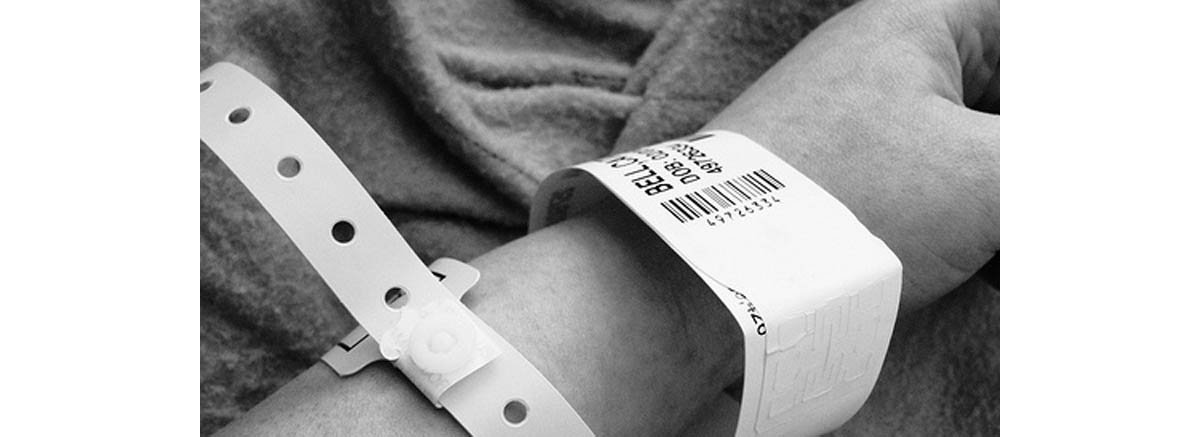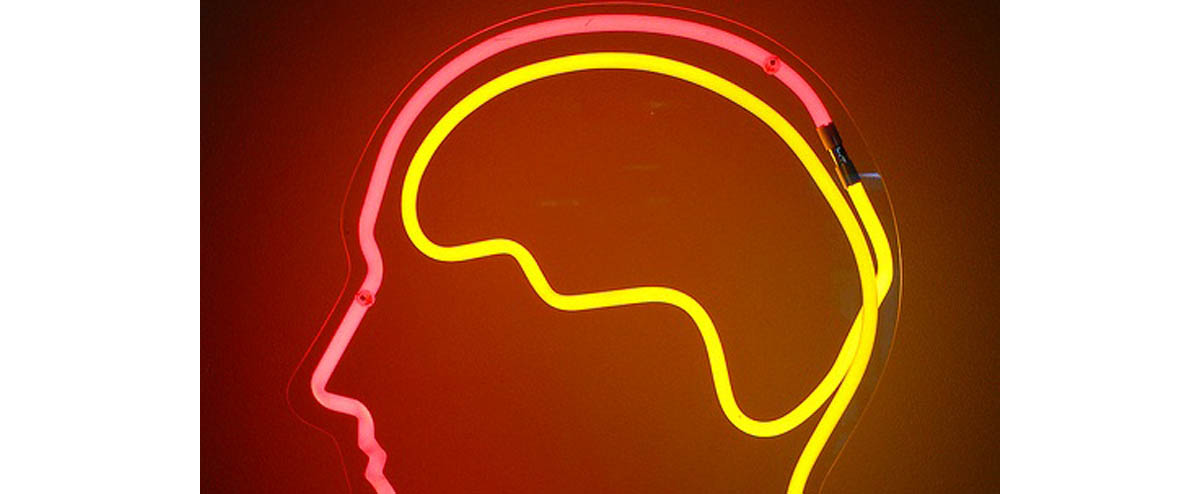For the last twenty years, I have been something of a natural health expert. I've written books and articles on nearly every imaginable natural health topic, I've formulated natural products and helped supplements companies deal with government regulation, and I've gained a reputation as a bit of a straight shooter. I don't make claims I can't back up. I know that the rules of honest reporting apply to my personal life, and when you start pointing people you don't know toward sources of help, you give up a lot of your personal privacy.

Lately I've also become an expert in cardiovascular disease, but not from interacting with experts and parsing the medical literature. I've become an expert in stroke by surviving not just one or two but three strokes in the same six-month period in which I also had three heart attacks, three cardiac arrests, and a "blown" aneurysm. My cardiovascular issues were probably triggered by an infection, which gave me a new level of understanding about cardiovascular disease and cardiovascular health.
Two Common Kinds of Strokes
I've had both a hemorrhagic stroke, the kind of brain injury caused by bleeding, and ischemic stroke, the kind of brain injury caused by a failure of circulation in the brain. Two of my strokes were silent strokes, the kind that cause damage without any obvious symptoms, and but the third stroke, which was a hemorrhagic stroke due to a "brain bleed," had a house guest frantically dialing 911 and screaming that I had died.
But I hadn't. Because I was just a few blocks away from an advanced treatment facility, I not only survived a vertebrobasilar or "brain stem" stroke, a stroke in the "bridge" between the front and back of the brain, but I didn't even suffer any evident permanent damage. I can wiggle my toes and turn up my nose and I still function normally throughout my entire body. While I was having the stroke, however, it didn't look like it was going to turn out that way.
What It Was Like for Me to "Stroke Out"
My brain stem stroke was unexpected. I had had normal blood pressure for at least a few weeks, since I got on hypertension medication. I was taking a blood thinner to prevent a heart attack. (Because I had had two in the previous two weeks.) There wasn't any reason to believe that a stroke was in my immediate future. In fact, I was on the mend and feeling good.
Nonetheless, one fated Sunday afternoon, I excused myself for a nap from which I couldn't get up. I was still breathing, but I couldn't move a muscle. I could hear everything that was going on in the room around me, but I couldn't respond to any stimuli in any way. My logical mind seemed to be working just fine, but I simply couldn't communicate in any way.
I was experiencing "locked in" syndrome. Fortunately, I was discovered probably at almost the exact moment I had the stroke, a rarity. An ambulance came in under two minutes, also a rarity, and an especially well equipped hospital was less than half a mile (about a kilometer) away. After getting oxygen for 20 or 30 minutes, I was able to open my eyes. After three hours and treatment with "clot busters," I was able to speak and even get up off the gurney.
As is a continuing theme in my stories of my experiences with cardiovascular health, I was an extremely lucky person. But there are ten things I wish I had known before I had a potentially fatal stroke. Of course, I can't turn back time, but my experiences might be able to help you or someone you care about.
Ten Things Everyone Needs To Know About Stroke
I did not know it for another three months, but my brain stem stroke was not my first stroke. It was my third. I had had two other strokes in other parts of my brain that probably I had written off as a really bad headache. The tissue in my brain that was affected by these strokes had died, and become calcified, and neurons had rewired themselves so that my brain never lost normal function. The brain compensates amazingly well after strokes. I probably had been "disabled" for a time, but I recovered without treatment or even diagnosis. But there are still certain things I really wish I had known going in.

1. Many strokes are undetected.
The very first indication of stroke may be one there's no coming back from — the patient's death. Or it may be a really bad headache, unexplained personality changes, loss of muscle tone, or strange sensations in the body. Dr. Megan C. Leary and her colleagues estimate that only about three percent of strokes are actually diagnosed, a figure that will shock most of us. In the USA alone, 22 million people per year have strokes, but only about half a million get treatment.
2. Most strokes cause minimal damage.
You may be surprised to learn that the most common reaction to a stroke is "What was that?" Very few strokes cause the kind of damage stereotypical of the disease, such as loss of speech, paralysis, and blindness. Most strokes instead cause mild personality changes, loss of memory, and subtle loss of muscle function.
3. Uncontrolled high blood pressure is the biggest risk factor for stroke.
A stroke is a little like a clogged pipe (ischemic stroke) or a broken pipe (hemorrhagic stroke) in the brain. High blood pressure can lead to both kinds of brain injuries.
4. Hemorrhagic strokes are much harder to detect than ischemic strokes.
A hemorrhagic stroke, also known as an intracranial hemorrhage, ICH, or "brain bleed," doesn't show up very well on MRI and CAT scans. A technique called MRA can find hemorrhagic strokes, but most radiologists have difficulty interpreting shadows. If you have a hemorrhagic stroke, conventional testing won't necessarily find it.
5. Hemorrhagic strokes typically cause much more severe symptoms than ischemic strokes.
A "brain bleed" is usually but not always accompanied by headache. There may also be nausea, vomiting, and extremely high blood pressure (over 180/120). There may also be changes in mental status, such as the "locked in" syndrome described above, or inexplicable mood swings or loss of memory.
6. The effects of "baby strokes" (with transient or minor damage) tend to be cumulative.
Microscopic tissue damage in different parts of the brain can slowly destroy memory and mental function. Vascular dementia and multiple infarct dementia are essentially the results of dozens or even hundreds of tiny strokes.
7. A diagnosis of a "TIA" requires the same follow-up care as a stroke.
Many people mistakenly believe that a transient ischemic attack, or TIA, does not cause any real damage to the brain. The simple fact is, even a TIA can cause permanent brain damage, but even modern brain imaging tools cannot detect it. Don't put off treatment for high blood pressure or clotting disorders just because you had a "mini-stroke" (TIA) instead of a major stroke.
8. Even infants can suffer stroke.
Not just old people get strokes. About three percent of strokes occur in infants, toddlers, children, and teens. Signs of stroke in a child require emergency treatment even more acutely than signs of stroke in the elderly.
9. The sooner stroke victims get treatment, the better the results.
Very few people are like me, meaning they're able to get treatment within 20 minutes of the onset of their stroke. "Clot buster" treatments for ischemic stroke, however, only work if they are given within 4.5 hours of the cerebrovascular event. If you're curious, check out how long it takes, on average, for an ambulance to arrive at your location.
10. Medication almost certainly will be necessary after stroke.
No matter how devoted you are to natural medicine, if you have had a stroke, please be open to conventional medical treatment. Statin medications, in particular, may be useful in assisting recovery from stroke. This is not because of any need to lower cholesterol (you might be put on a statin drug even if you have low cholesterol), but rather to control inflammation in the brain to allow to rewire and reconnect.
- [Guideline] Del Zoppo GJ, Saver JL, Jauch EC, Adams HP Jr. Expansion of the time window for treatment of acute ischemic stroke with intravenous tissue plasminogen activator: a science advisory from the American Heart Association/American Stroke Association. Stroke. Aug 2009. 40(8):2945-8
- [Guideline] Goldstein LB, Bushnell CD, Adams RJ, Appel LJ, Braun LT, Chaturvedi S, et al. Guidelines for the primary prevention of stroke: a guideline for healthcare professionals from the American Heart Association/American Stroke Association. Stroke. Feb 2011. 42(2):517-84
- Leary MC, Saver JL. Annual incidence of first silent stroke in the United States: a preliminary estimate. Cerebrovasc Dis. 2003. 16(3):280-5
- Shiber JR, Fontane E, Adewale A. Stroke registry: hemorrhagic vs ischemic strokes. Am J Emerg Med. Mar 2010. 28(3):331-3
- Photo courtesy of dierkschaefer on Flickr: www.flickr.com/photos/dierkschaefer/2961565820
- Photo courtesy of playcrackthesky on Flickr: www.flickr.com/photos/playcrackthesky/4520983799


Your thoughts on this